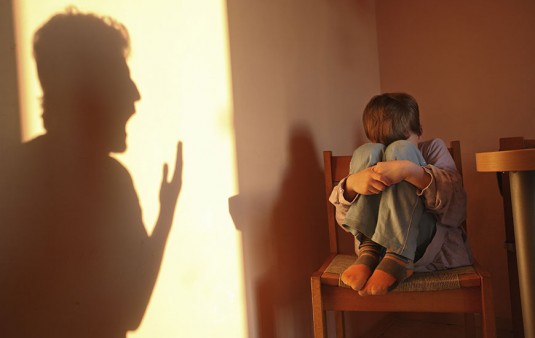Child Abuse

Child abuse can be defined as an act or a failure to act on the part of a parent or any caretaker that results in serious physical harm or emotional harm, sexual abuse or exploitation or even death of a child. It also includes the act or the failure to act which presents an immediate risk of serious harm. Physical abuse is a non-accidental physical injury; neglect is the failure to provide food, shelter, clothing, supervision and medical care; emotional harm is the emotional maltreatment that causes serious harm; and sexual abuse can be general sexual abuse or specific acts.
Brief Historical Background
The law of child abuse sets out rules for holding individuals responsible when they harm children. The law applies to not only parents and guardians but also caretakers – pretty much anyone who is responsible for the well-being of a child. Child abuse allegations can result in child neglect cases in civil court and criminal charges. Allegations of child abuse are taken very seriously and statutes have been enacted at both the federal as well as the state level.
But child abuse laws have not always existed. Child protection did not come into existence until 1875. Prior to this time, children would typically not have protection by the law unless it was considered inhumane treatment – criminal law did protect children from very bad abuse. Courts did have the right to take children away from parents for a variety of reasons. By the time 1922 came, there were over 300 non-governmental agencies that were involved in child protection. Alongside these agencies, were the creation of the juvenile court, becoming an important player in the area of child protection services.
Precedent Setting Cases
There have been many precedent setting cases in American history that have shaped the law of child abuse today. One such case is the Landeros versus Flood which took place in 1976.
This case occurred in California and involved not only child abuse but also alleged medical malpractice. Landeros was seen by Dr. Flood in an emergency department for injuries that were inflicted by her mother, as well as her mother’s common law husband. The doctor failed to make the diagnosis of battered child syndrome nor did he report the injuries. Therefore the child was released back into the care of her mother and the mother’s husband and experienced further abuse. The parents ended up fleeing the state but were later caught and convicted of criminal child abuse. Landeros later brought a civil lawsuit against Dr. Floods, which was dismissed. Appeals of the decision were made and the case was as far as the California Supreme Court.
In the landmark case of DeShaney versus Winnebago County, four year old Joshua DeShaney was regularly beaten by his father. Between hospital visits and visits by child protection services, the child was not removed from the house. Unfortunately the father beat Joshua so badly that he experienced severe brain damage that could not be healed. The child was expected to spend his life in an institution for the disabled. The father served less than 2 years in jail and Winnebago County was not held liable.
Defenses
Every day in the United States, people are arrested for child abuse. Most of these cases do involved people who caused harm to a child and deserve punishment. Unfortunately there are some who are innocent but are found guilty. Law enforcement officers have an obligation to not hesitate to take legal action when it is possible that a child could be in harm’s way.
There are many defenses to allegations of child abuse. One such defense is a religious defense. There are 17 states that allow religious defenses for felony crimes perpetrated against children. There are also 38 states which have religious exemptions outlined in their civil codes on child neglect and abuse. Another common defense is reasonable discipline – the action was reasonable to discipline the child.
